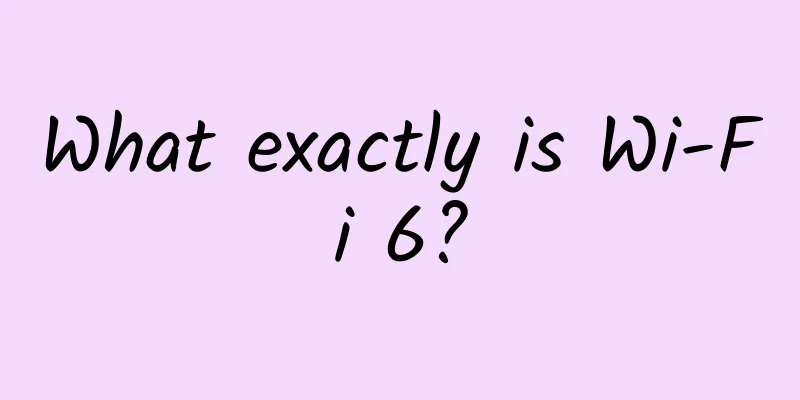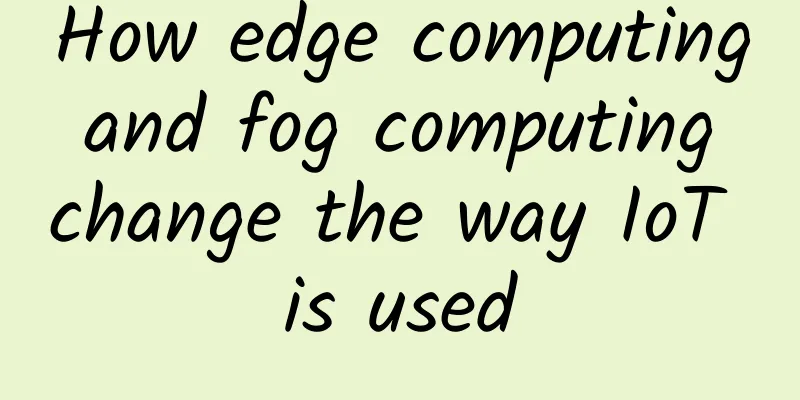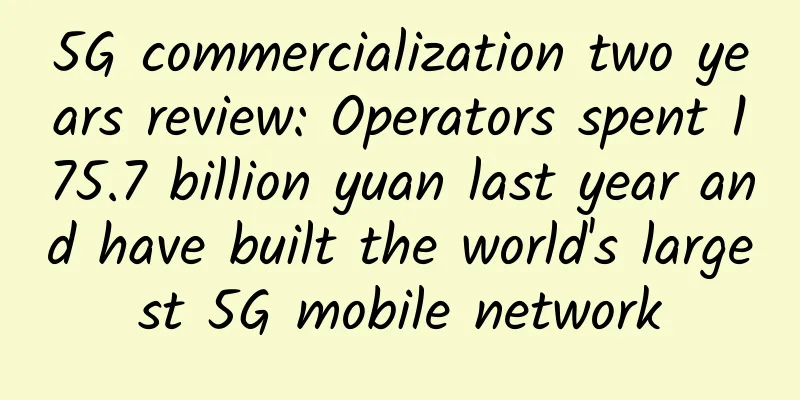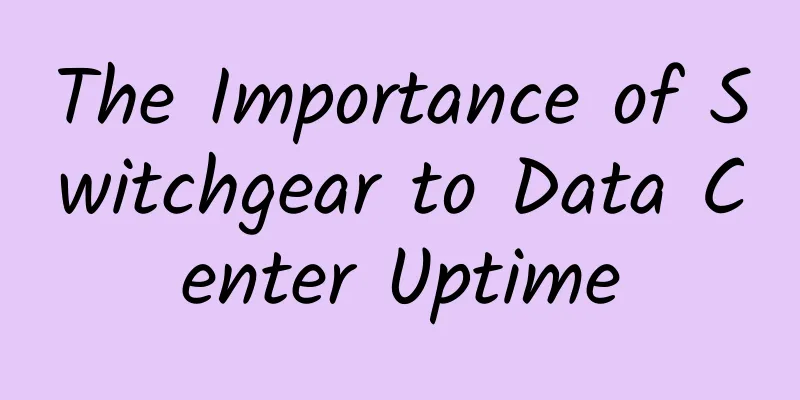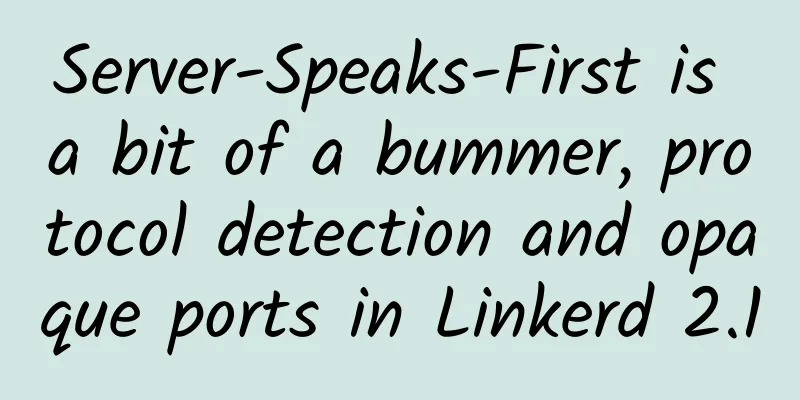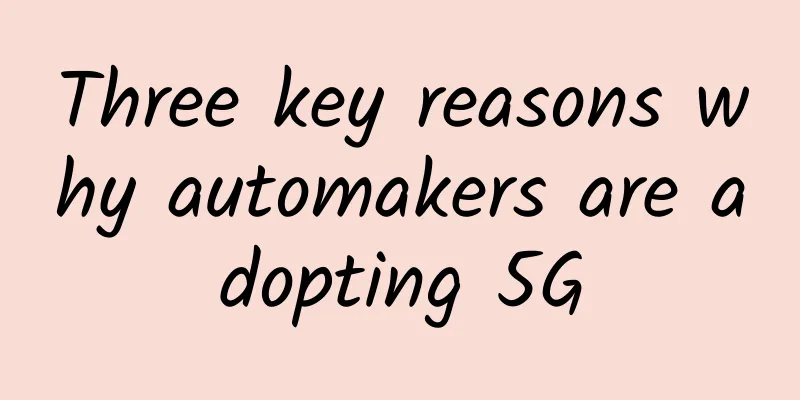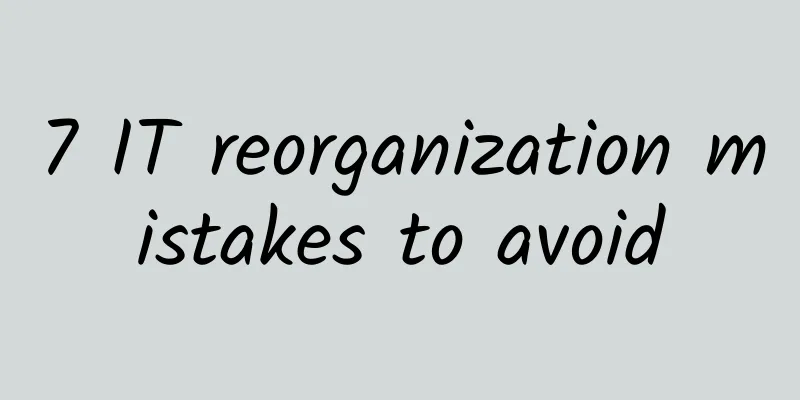Say goodbye gracefully - TCP protocol waves four times

Say goodbye gracefullyLeaving without saying goodbye always catches people off guard. When we have to end a pleasant chat and leave a city that is hard to leave, what will you do? Of course, you have to learn to say goodbye gracefully. The article "Say Hello Politely - TCP Protocol Three-Way Handshake" has already introduced how the TCP protocol establishes a connection. After the connection is established and the data transmission is completed, how can we close the connection gracefully? Never forget - TCP's four wavesFirst waveWhen the client is ready to close the connection, it sends a FIN=1 data packet to the server and enters the FIN_WAIT_1 state. Second waveAfter receiving the FIN=1 packet from the client, the server will respond with an ACK packet to the client and enter the state of preparing to close the connection. The server will then start preparing to stop data transmission. After the client receives the ACK data packet from the server, it enters the FIN_WAIT_2 state. At this time, there may still be data transmission, and it needs to wait for the server to actually stop data transmission before entering the closed state. The third waveAfter the server completes the data transmission, it sends a FIN packet to the client and enters the LASK_ACK state, indicating that the server has entered the connection closing state. The fourth waveAfter the client receives the FIN packet, it can confirm that data transmission has completely stopped, enters the TIME_WAIT state, and responds to the server with an ACK packet. After waiting for 2MSL (Maximum Segment Lifetime), the connection is actually closed and enters the CLOSE state. After receiving the ACK data packet, the server disconnects and enters the CLOSE state. Retry and Fault ToleranceAfter a FIN packet is sent, any packet that does not receive an ACK response for a long time will trigger a timeout retransmission. Why does the client not close the connection immediately after receiving the FIN command, but waits for 2MSL time before closing it? Assume that the client is not in the TIME_WAIT state, but closes the connection. If the client immediately re-establishes the connection, after the connection is successfully established, it receives the data packet of the previous closed connection and responds to the server with an ACK data packet, which will cause data confusion on the server. SummarizeWhen the TCP protocol closes a connection, since data transmission may be in progress, both the client and the server will first enter the process of waiting to close the connection. When the client or server sends a FIN data packet and does not receive an ACK response packet within a certain period of time, it will retry. After the client finally receives the FIN data packet from the server, it will first enter the TIME_WAIT state and wait for 2MSL (maximum message life cycle) to prevent the occurrence of message transmission disorder caused by network delays, message transmission timeouts and other issues. |
<<: Say hello politely - TCP protocol three-way handshake
Recommend
H3C focuses on new infrastructure to safeguard 5G commercial use
The current "new infrastructure" boom i...
Considerations and conclusions of Iperf network throughput/bandwidth testing
Iperf test: Use udp to set the bandwidth to 2M, 5...
How 5G, edge computing, and IoT can modernize traditional enterprises
Over the past two years, the global pandemic and ...
India's 5G spectrum auction is imminent, but telecom operators are not responding
According to India's Economic Times, the Indi...
Wi-Fi Alliance launches next-generation WPA3 security certification program
[51CTO.com original article] On June 26, the Wi-F...
5 Strategies for Monetizing Mobile Edge Computing (MEC)
In the past few years, cloud services have been u...
Fiber-optic interconnects: How to improve cloud computing networks
Since the beginning of the 21st century, cloud co...
BandwagonHost adds Netherlands (China Unicom line) VPS, 2.5-10Gbps bandwidth, quarterly payment starts from $46.7
BandwagonHost recently added VPS products for Chi...
5G enters a critical development period: Accelerating base station coverage costs and continuous breakthroughs in applications
In 2020, my country's large-scale 5G construc...
The 18th China Enterprise Annual Selection List in 2023 was announced: Haowang AI Ultra-Low Light 3.0 Series won the 2023 China IT Industry Digital Infrastructure Excellent Product Award
In November 2023, the "China Enterprise &quo...
LOCVPS: 40% off for native IP in Osaka, Japan/30% off for Hong Kong Cloud/20% off for other sites
LOCVPS has launched a promotional event for July ...
Tudcloud: Hong Kong VPS 30% off, starting from $7.2/month, with options for high bandwidth or unlimited traffic
Tudcloud has sent out the latest promotion, with ...
China Broadband Truth Investigation (Part 2): Why Internet speed is always different from what is advertised?
No matter which operator you apply for broadband ...
The world's IPv4 addresses are officially exhausted!
The long-feared exhaustion of global IPv4 address...
Cloud computing has dominated network infrastructure for many years, and it’s time for the 5G era to usher in the next chapter!
[[262785]] Technavio predicts that the applicatio...


